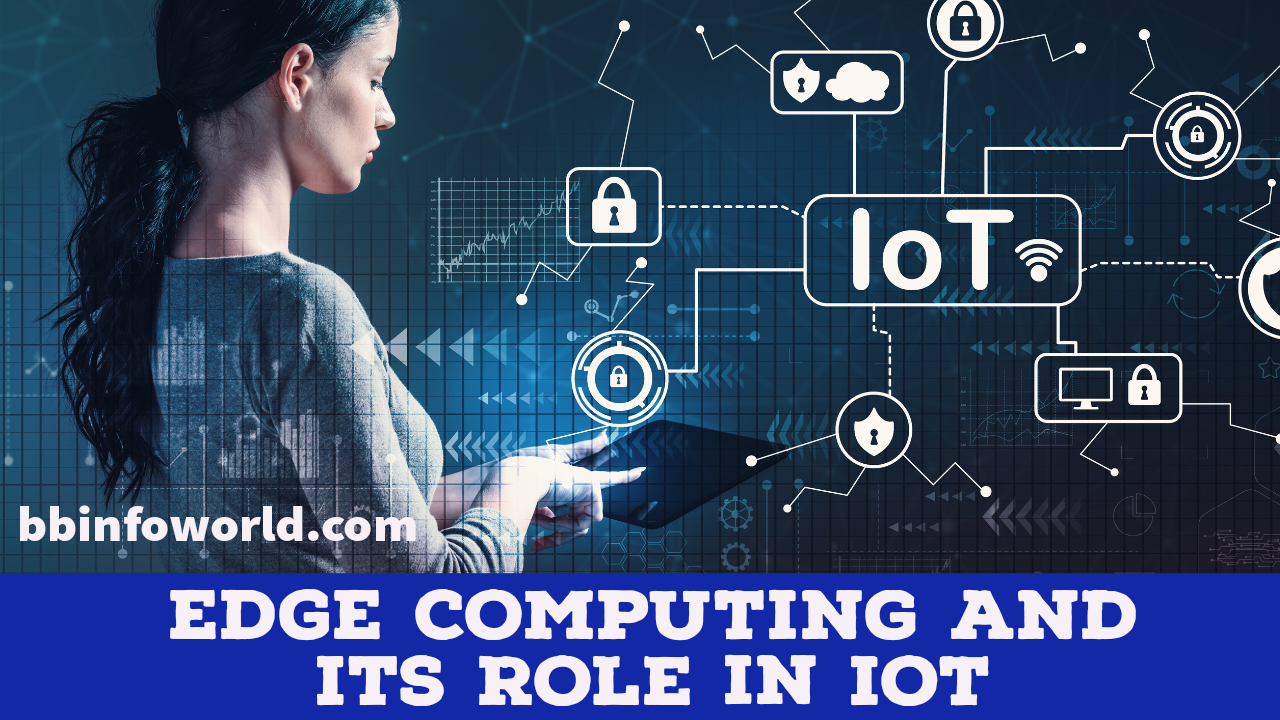
Edge Computing and its Role in IoTl
Explore how edge computing is revolutionizing the Internet of Things (IoT) by processing data closer to the source, reducing latency, and improving overall system efficiency.
Edge Computing and its Role in IoT:
Introduction:
Edge computing is a paradigm in computing where data processing and analysis occur closer to the data source or “edge” of the network, rather than sending all data to a centralized cloud server. This approach is gaining prominence, especially in the context of the Internet of Things (IoT), where numerous devices generate massive amounts of data that need to be processed quickly and efficiently.
IoT and Data Challenges:
The IoT refers to the network of interconnected devices that communicate and exchange data. These devices, ranging from sensors and cameras to wearables and industrial machinery, generate an enormous volume of data. Traditional cloud computing models, where data is sent to centralized data centers, face challenges in handling this data flood.
Role of Edge Computing:
Edge computing addresses these challenges by bringing computation and data storage closer to the data source. Here’s how it works:
- Reduced Latency: By processing data at or near the source, edge computing reduces the latency or delay in data transfer. This is crucial for applications that require real-time responses, such as autonomous vehicles or industrial automation.
- Bandwidth Efficiency: Transmitting all IoT data to a central cloud can consume significant bandwidth. Edge computing filters and processes data locally, sending only relevant or summarized information to the cloud. This optimizes bandwidth usage.
- Enhanced Privacy and Security: Sensitive data can remain within the local network, enhancing privacy and reducing exposure to external threats. This is especially important for applications like healthcare or finance.
- Scalability: Edge devices can be deployed in a distributed manner, allowing the network to scale efficiently as more devices are added.
Examples of Edge Computing in IoT:
- Smart Cities: Edge computing can process data from sensors placed throughout a city to optimize traffic flow, street lighting, waste management, and more.
- Industrial IoT (IIoT): In manufacturing, edge devices can monitor machine performance in real-time, predicting maintenance needs and preventing costly downtime.
- Healthcare Monitoring: Wearable health devices can process data locally, alerting medical professionals to critical situations while preserving patient privacy.
- Retail and Customer Experience: Edge computing enables real-time analysis of customer behavior in stores, allowing retailers to offer personalized experiences and optimize inventory.
Challenges and Considerations:
While edge computing offers significant benefits, it also poses challenges:
- Resource Limitations: Edge devices may have limited processing power and storage capacity compared to centralized servers.
- Management Complexity: Managing a distributed network of edge devices requires careful coordination and monitoring.
- Data Consistency: Ensuring consistent data across various edge devices and the cloud can be complex.
Conclusion:
Edge computing is revolutionizing the IoT landscape by enabling efficient data processing and analysis closer to the data source. This reduces latency, improves system efficiency, and enhances privacy and security. As IoT applications continue to grow, edge computing will play a pivotal role in enabling real-time decision-making, supporting critical applications, and optimizing resource utilization.



